Edinburgh, The Scottish Capital
Living in Copenhagen does have it’s advantages. In the last few months I have been not once, but twice to the city of Edinburgh, Once was for a hen weekend, think bachelorette party, which is not the subject of this post! The second time was with some lovely new friends from Copenhagen.
I know I was waxing lyrical about London recently, but as I am both Scottish and British I also have the honor of calling Edinburgh My Capital City. Edinburgh, also known as ‘Auld Reekie’, the ‘Athens of the North’ and the center of the Scottish Enlightenment has been the nation’s capital since the 15th century. There has always been a rich tradition of science, engineering and literature in Scotland and among Edinburgh’s many famous past residents are Adam Smith, James Clerk Maxwell and Charles Darwin. More recent residents have included Sean Connery, the Bay city Rollers and J.K. Rowling.
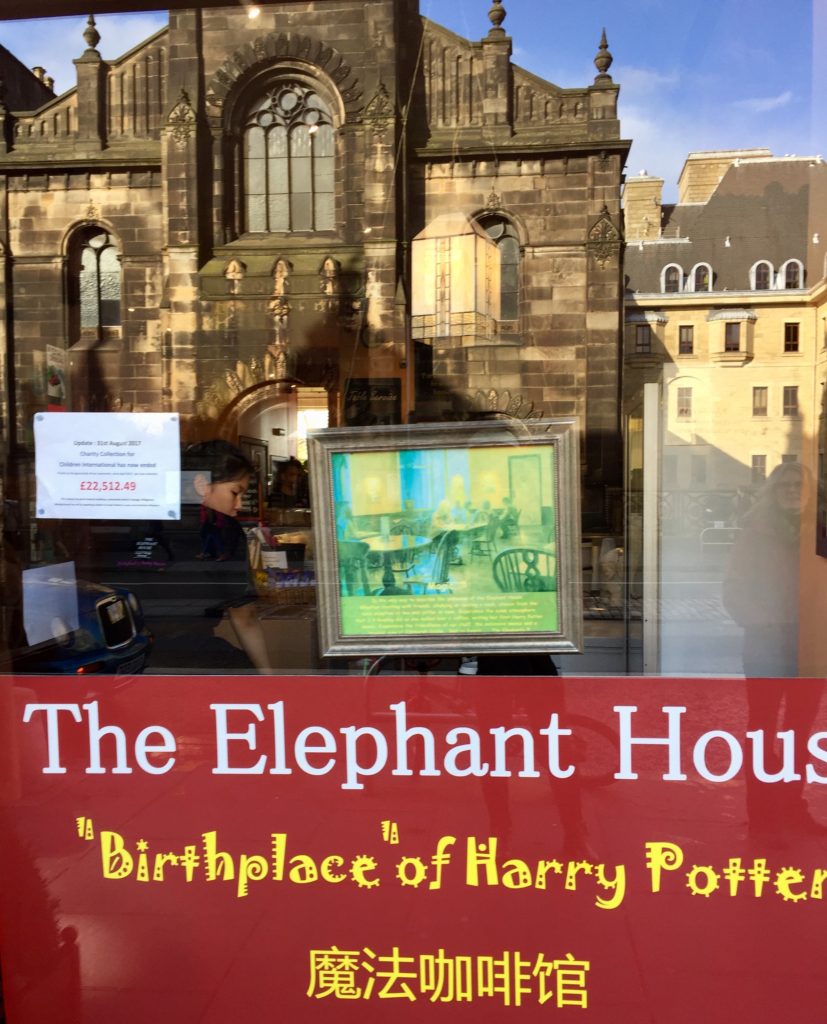
There is a lively atmosphere and a wonderful bar and restaurant scene all year round but in August the city is bursting at the seams as it hosts The Edinburgh Festival Fringe. The Fringe is the world’s largest arts festival. In 2017 it lasted 25 days and featured 53,232 performances of 3,398 shows in 300 venues.
Scott Monument
On this recent visit we woke to a brisk Autumn morning with a wee hint of sunshine. The first thing we saw as we left our hotel was the Scott Monument.
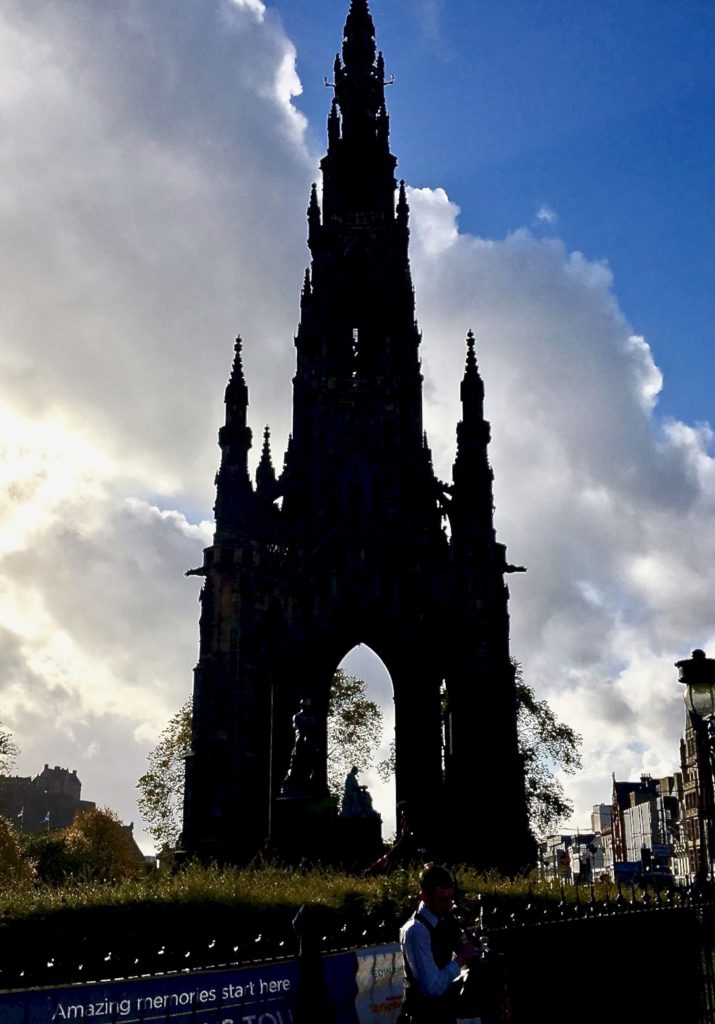
Sir Walter Scott, through his romantic novels, reintroduced the British (read English) monarchy to gaelic, bagpipes and kilts, all of which had been banned in Scotland following the defeat of the Jacobite rebellion of 1745. Through Scott’s wildly popular books such as Rob Roy and Waverly, much of Europe became obsessed with all things Scottish. When George 4th visited Edinburgh in 1822, the first monarch to visit Scotland in almost two hundred years, Sir Walter was put in charge of the festivities. He demanded all the male guests wore tartan and even the King was dressed in a bright red kilt for one of the banquets. Suddenly tartan was the height of fashion.
The love affair continued with Queen Victoria, who bought an estate at Balmoral and spent much of her later life in Scotland. She also remodelled Edinburgh castle, complaining that it did not resemble Scott’s descriptions. She added ceremonial guns and a rather impressive entrance, to bring it closer to Scott’s image of a true Scottish castle.
As a tribute to Sir Walter and his contributions to the revival of Scotland’s cultural heritage, the Scott monument was built in the centre of Edinburgh. It stands just across from Waverly train station. It is the largest monument dedicated to any author anywhere in the world.
Scottish Parliament
Our first destination was the new Scottish Parliament. The building is open every day apart from Sundays, but check the website for exact times and any holiday closings. We were lucky and managed to join a general tour despite not having booked ahead. There are also special Art, Architecture and literature tours offered throughout the month, worth booking.
The building, declared an architectural triumph, was officially opened by the Queen in October 2004. Like its counterpart in London, The Houses of Parliament, it caused great controversy during its construction as the project ran extremely late and was well over budget. The original estimate was £10m, the final bill was £431m. Designed by the Catalan architect Miralles it draws inspiration from Scottish architecture, landscape and history. It also combines the aesthetic of Scotland’s Charles Rennie McIntosh with Barcelona’s Antoni Gaudi. There are motifs of upturned boats, leaves, flowers and the Saltire, the Scottish flag. The themes running through the building are openness, transparency and discussion. With views of Salisbury Crags in the background the total effect is simply magnificent.
The Royal Mile
The Royal Mile runs from Holyrood House and the Scottish Parliament all the way up to Edinburgh Castle.
We walked up the long winding street, passing shops selling kilts and all things tartan. There were also many cafes and pubs offering Scottish delicacies such as haggis, scotch pies and shortbread. I make a point whenever I am back in Scotland of eating either haggis or black pudding at every meal; preferably both. Obviously I was tempted by a lunchtime offering of haggis, neeps and tatties and persuaded the girls to stop for a wee bit of refreshment before continuing up the brae.
Edinburgh Castle
We had decided to take a tour of Edinburgh Castle and met our guide, Fiona, right outside the pub, which was very handy. Fiona, a good Scottish lass, was very fun and extremely knowledgeable. As a Scot I am familiar with my country’s history and the main players such as William Wallace, Robert the Bruce and the doomed Mary Queen of Scots., However, you can always learn a little more and I was delighted by all the stories she told us as we went round the castle, especially the Game of Thrones connection.
Edinburgh Castle stands on the site of a long extinct volcano. It is a natural place for a fortification as it sits on the ‘Crag’, created by subsequent glacial action, and can only be approached from one side, the ‘Tail’ which is now the Royal Mile. From its battlements there are views over the Firth of Forth to Fife. The castle in its present form dates back to the 16th century apart from St Margaret’s Church which was spared from an earlier attack and was built in the early 12th century.
Mary Queen of Scots took refuge in the castle for three years, and her son the future King James 1st of England, 6th of Scotland was born there. The Scottish Crown Jewels which were lost after the rebellion were found by our good friend Sir Walter Scott and are now on display together with the Stone of Scone. The stone, also know as the ‘Stone of Destiny’ or the ‘Coronation Stone’ is used at coronations and was last used for the coronation of Queen Elizabeth 2nd. It has only recently been returned to Scotland after it was stolen by Edward 1st in 1296!
Game of Thrones
What about the Game of Thrones connection I hear you ask? Well Edinburgh Castle sits on Castle Rock, sound familiar?( clue Casterly Rock). The Scottish lion rampant, red lion on a white background, can be seen everywhere. Reverse the colours and you have the Lanaster Crest. Edinburgh Castle has also been home to plotting and intrigue and the odd murder. Still not convinced? Well it seems George R.R. Martin took inspiration for one of GOT’s most infamous scenes, the ‘Red Wedding’ from an event which happened in the castle in 1440, the ‘Black Dinner”. The Douglas Clan had became so powerful that by the early fifteenth century they were seen as a threat to the stability of the nation. They were invited to dinner in the castle but while they ate, a black bull’s head, a symbol of death, was brought in and placed on the table. I think we all know what happened next.
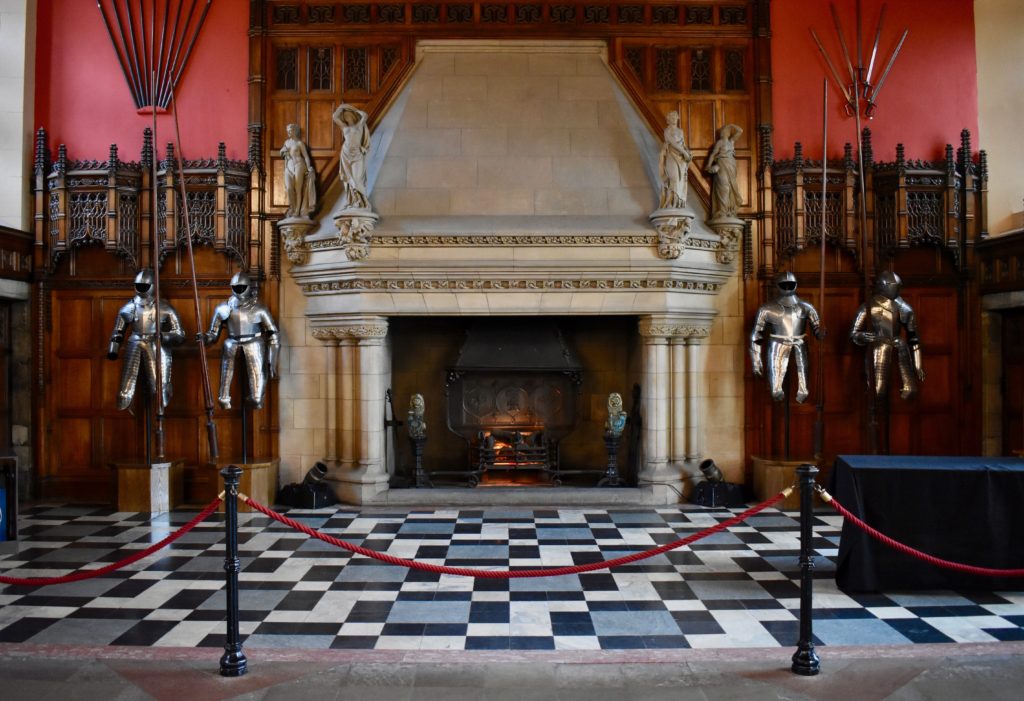
Speaking in an interview following the release of the red wedding episode of Game of Thrones, author George R R Martin said: “The Red Wedding is based on a couple real events from Scottish history. No matter how much I make up there’s stuff in history that’s just as bad, or worse.”
Holyrood Palace
The next day we visited Holyrood Palace, which is the official residence of the British Monarchy in Scotland. The palace dates back to the 16th century. We saw the Historic Apartments used by Mary Queen of Scots, where the murder of her alleged lover took place, and the State apartments used for royal entertaining. Every year when the Queen arrives she is greeted outside the castle in the courtyard and is presented with the Keys of the City. She does not keep them but hands them back with the words ‘I return these keys, being perfectly convinced that they cannot be placed in better hands than those of the Lord Provost and Councillors of my good City of Edinburgh’.
Sightseeing is always such hard work, especially as it was a wee bit damp so we rewarded ourselves with some more haggis in the excellent Holyrood Cafe. There was a great big plate of shortbread which looked very tempting but I was trying to be good so did not go back for a piece. I did think however that I should finish this post with a recipe. The Scots started making shortbread centuries ago. It is one of this lovely recipes that makes sense. One part sugar, two parts butter and three parts flour. The high butter content makes it ‘short’. You can also change the texture by replacing one part of the flour with rice flour or cornflour, one making it slightly crunchier than the other. I sometimes also make the shortbread in a tin by just pressing it until it is evenly spread. This is a recipe in ounces or grams and is best made using a set of scales. I have also given up measurements which are equally pleasing. 1/3 cup of sugar, 1/2 cup of butter 1 cup of flour. Ta Da! Remember to cut into smaller pieces whilst it is still warm.
Scottish Shortbread
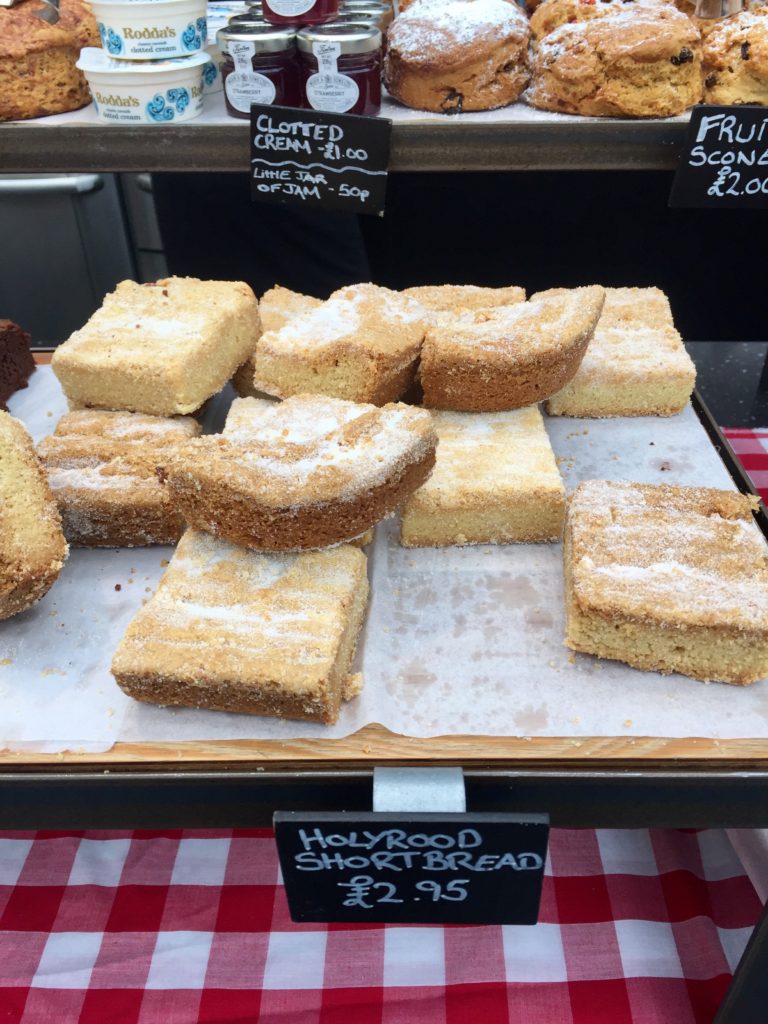
Ingredients
- 100g*/4oz*/1 stick butter at room temperature
- 50g*/2oz*/1/3 cup sugar
- 100g*/4oz*/3/4 cup of plain or all purpose flour
- 50g*/2oz*/1/4 cup cornflour or cornstarch
- optional sugar to dredge the shortbreads prior to cooking
Directions
- Step 1 Cream the butter and sugar together until light and fluffy.
- Step 2 Add the flours and continue mixing until fully combined.
- Step 3 Divide the mixture into two parts and roll each piece into a cylinder shape. If you want crispy edges you can roll the cylinders in sugar. Wrap in clingfilm and refrigerate for 20-30 minutes.
- Step 4 Preheat oven to 300F/160C
- Step 5 If you want crispy edges Slice the shortbread into 1/4 inch disks and place on a baking sheet.
- Step 6 Cook for 20-30 minutes until just beginning to color, the base should no longer be doughy.
- Step 7 Leave to cool on a wire rack then enjoy with with a nice cup of tea!
Postscript
No visit to Edinburgh is complete with a visit to see Greyfriars Bobby. Like every other tourist we went and rubbed Greyfriars Bobby’s nose for luck., The statue of the wee dog that stayed by his masters side, even in death, stands outside the crematory where his master was buried. It was said that the dog went and sat by the grave every day for 14 years until his own death. He became quite a local hero and was well looked after and fed even after his master died.

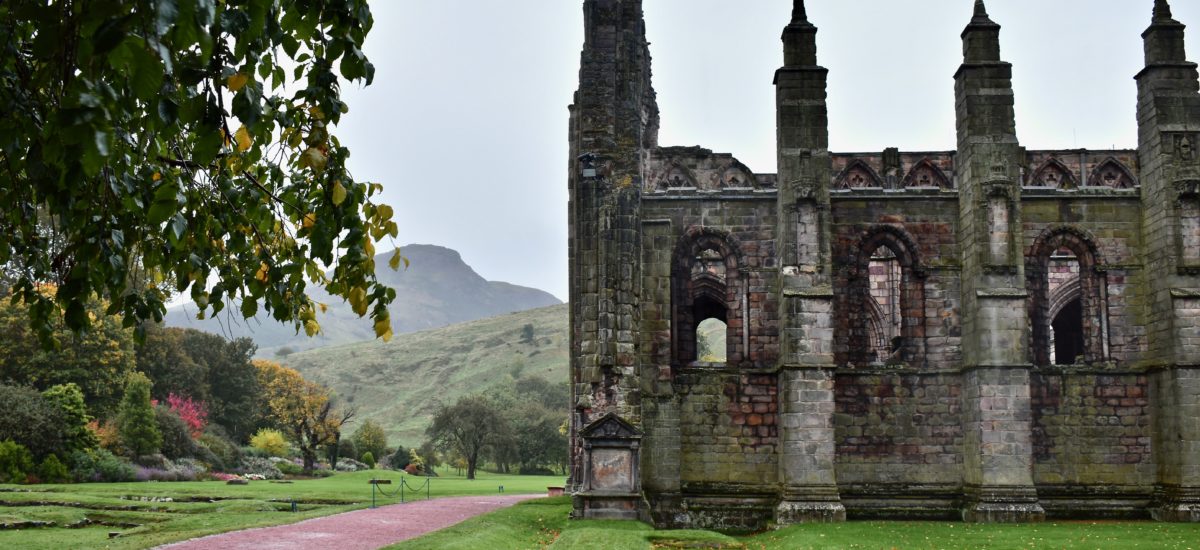




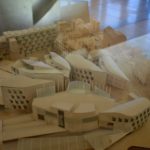
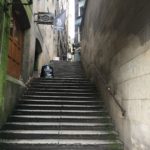
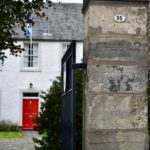
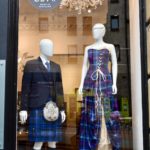
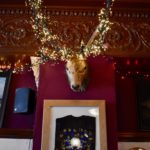
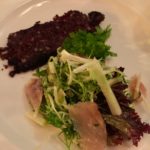



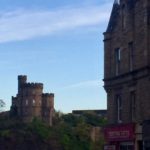

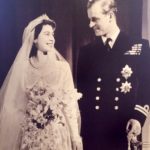
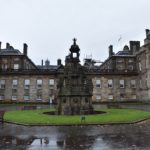

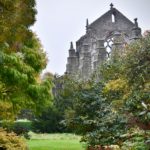

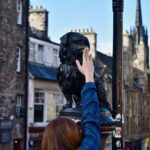
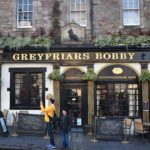



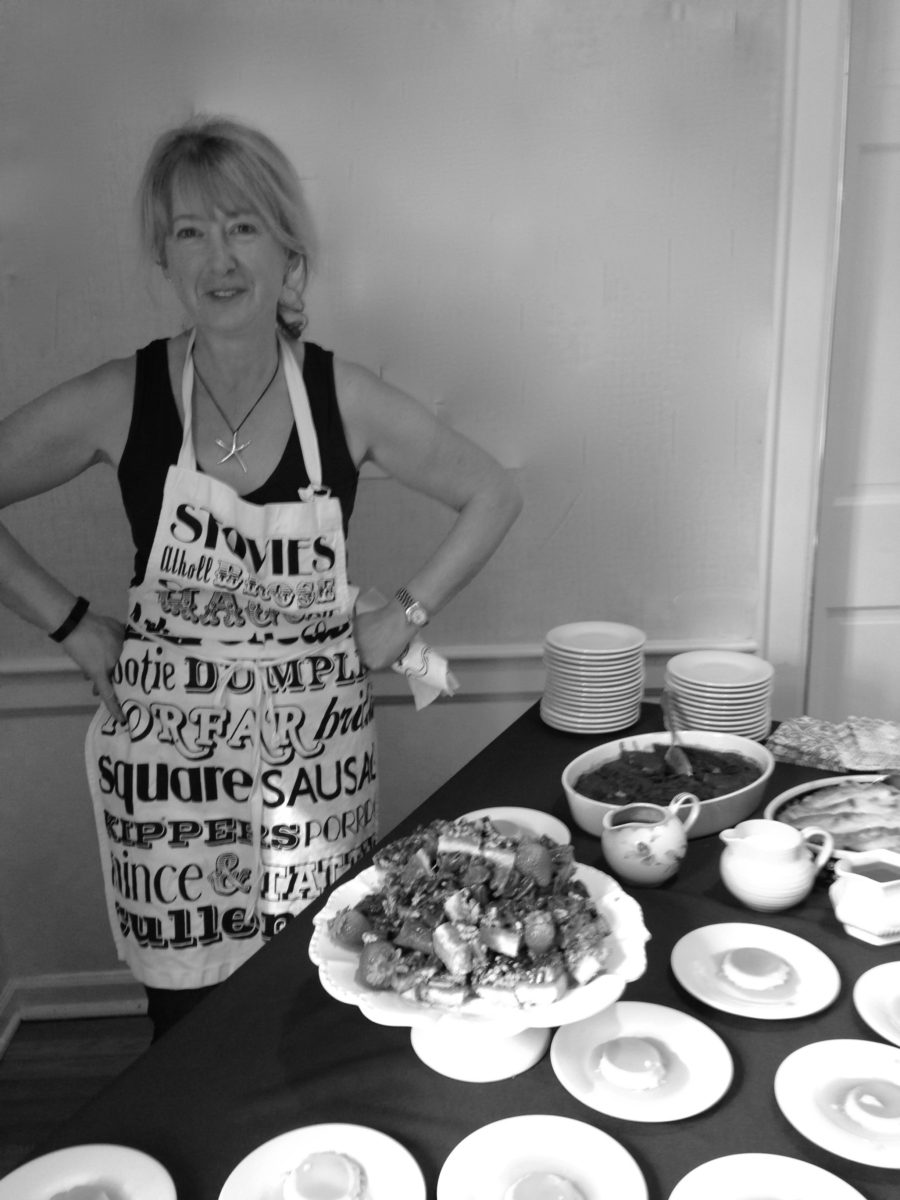 That's me in the corner
That's me in the corner



